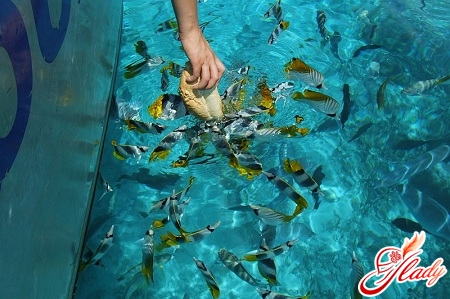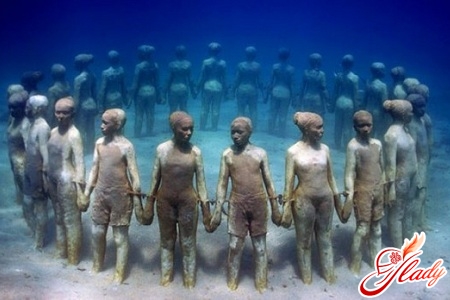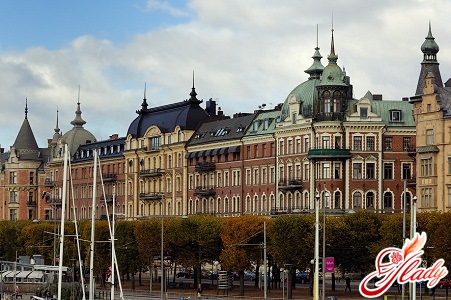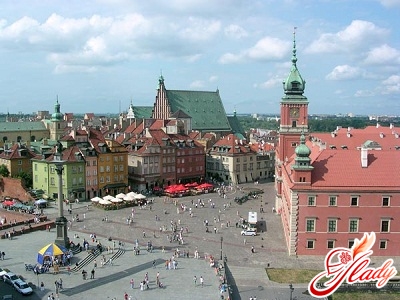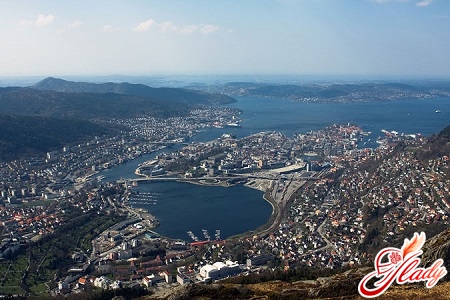
The Kingdom of Norway is located in NorthernEurope and forms the western part of the Scandinavian Peninsula. Its coastline is completely cut by fjords - deep valleys that formed where glaciers were flooded by water. The longest of them - Sognefjord - stretches 203 kilometers inland; Geirangerfjord and Nærøyfjord are listed as UNESCO World Heritage Sites. The shores of Norway are washed by the Arctic Ocean and the Barents Sea.
Attractions in Norway
Almost untouched wilderness and amazingThe cultural heritage of Norway attracts hundreds of thousands of tourists every year. The cold climate promotes the active development of winter sports. Hiking and skiing are a great way to spend an unforgettable time in the land of the Vikings. The historical and cultural attractions of Norway deserve special attention. The national museums contain examples of art and crafts that introduce us to the original culture of the northern people. Akershus Fortress in Oslo, the Alta Museum, the National Gallery, Nidaros Cathedral, Bryggen Shipyard in Bergen are attractions that you simply must see when visiting Norway.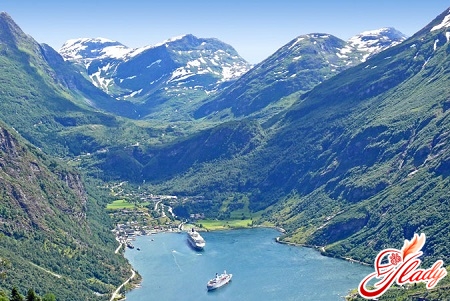
Castle in the center of Oslo
Perhaps the most famousThe landmark of the city of Oslo is the Akershus Fortress - one of the national symbols of Norway. It was built more than seven centuries ago. The construction of the fortress began at the end of the 13th century to protect the capital from invading invaders. In the first half of the 17th century, it was reconstructed into a castle, giving the architecture characteristic Renaissance features. For most of its history, Akershus Fortress (or part of it) was used as a prison. During World War II, there was a German prisoner of war camp here. Currently, the fortress is still a military area. The eastern part of the building today houses the Norwegian Ministry of Defence. However, the door is open to visitors daily until 9 p.m. You can visit the Norwegian Armed Forces Museum and the Norwegian Resistance Museum, which are located within the fortress. You should also look into the Royal Mausoleum, which contains the remains of many generations of the royal family. Overlooking the bay and just steps from first-class hotels, Akershus Fortress is a great starting point for your exploration of Norway's attractions.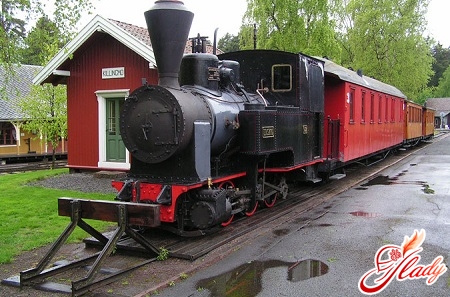
National Gallery in Oslo
True connoisseurs of art who arrived inNorway, the first place to go is undoubtedly the National Gallery in Oslo. The history of the museum dates back to 1836. For almost two centuries, the gallery has had the most extensive collection of works by leading Norwegian artists and sculptors, which today is a national treasure of Norway. In 2003, the National Gallery in Oslo merged with two other museums, changing its name to the National Gallery of Art, Architecture and Design. However, many still prefer to use the old name, because it was the priceless examples of fine art that brought the museum worldwide fame. The collection contains masterpieces not only by Norwegian, but also by French, Swedish and Danish artists. In the gallery you can find works by representatives of early French modernism Henri Matisse and Paul Cezanne, as well as post-impressionist Vincent van Gogh. However, the most valuable attraction of the National Gallery are four versions of the world-famous painting "The Scream" by the Norwegian artist Edvard Munch. Painted in 1893, it was stolen in 1994 but eventually returned to the museum.
Mysterious drawings by Alta
Situated in northern Norway nearThe rock paintings of the city of Alta, located in the Arctic Circle, are the most important evidence of human activity in the Far North between 4200 and 500 BC. They illustrate in detail the life of people in prehistoric times. The images were carved into the rocks along the fjord during the retreat of the glaciers, so the drawings found higher up are older than those found closer to today's sea level. The difference in height is about 25 meters. Researchers first discovered and studied the rock paintings of the city of Alta in 1967, and in 1985 the drawings were added to the list of World Heritage Sites. In 1991, a museum was opened here, which in 1993 received the title of the Best Museum in Europe. Scientists retouched the drawings with bright red paint, but otherwise the Alta landmark has remained untouched. The group of petroglyphs (rock art) consists of more than 5,000 drawings and figures of people and animals carved into stone. The bulk of these (approximately 3,000 images) are concentrated in the Alta Open Air Museum, which also includes an exhibition room with fine exhibits from the region's prehistory.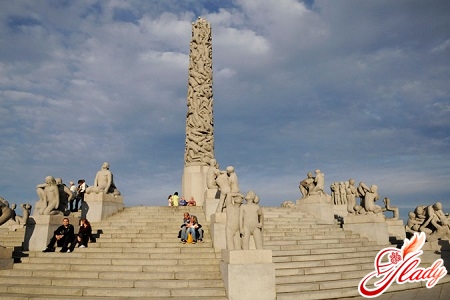
Nidaros Cathedral
Nidaros Cathedral - amazinga combination of medieval architectural styles. Initially, there was only a small basilica here, but in the first half of the 12th century it was expanded to grandiose proportions. Today, the cathedral is the largest medieval building in Scandinavia. The nave and choir are in the early Gothic style (13th century) and are very reminiscent of contemporary cathedrals in England, especially Westminster Abbey and Lincoln Cathedral of Our Lady. The western facade is decorated with a magnificent sculptural ensemble, two towers and a Gothic rose in the center. The sculptures, most of which had to be replaced at the beginning of the 20th century, depict apostles, Old Testament characters, bishops and angels. The main attraction of the cathedral is the frontal altar, dating from the beginning of the 14th century, today located in the gallery of the chapel. It was erected in honor of St. Olaf, the Norwegian king and national hero, whose relics are in the cathedral. For a long time, the church was the coronation site for Norwegian monarchs (the coronation ceremony was abolished in 1908). Today, Nidaros Cathedral serves as a Lutheran parish church. It is visited by about 400,000 tourists every year.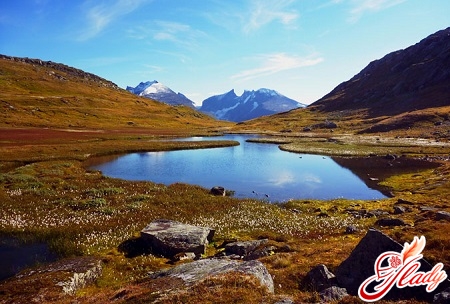
Fairytale harbor of Bergen
Bryggen is a colourful complex of buildings alongThe quay of the city of Bergen, made of wood. The harbour was built during the period of the greatest influence of the Hanseatic League, an alliance of trading cities that monopolized trade along the northern coast of Europe in the 14th century. Numerous fires (the last of which occurred in 1955) razed some of the wooden buildings of the shipyard, but most of it survived. In 1979, Bryggen was included in the World Heritage List. For many centuries, the harbour has been the main attraction of Bergen, and the silhouette of its gabled roofs is perhaps the most recognizable image in all of Norway. Today, there are many different souvenir shops, cafes, restaurants and museums. Most of the buildings are now used as artists' studios. However, it is worth remembering that the main value of the Norwegian region is its nature. Therefore, in addition to historical and cultural monuments, you should definitely visit the natural attractions of Norway.




